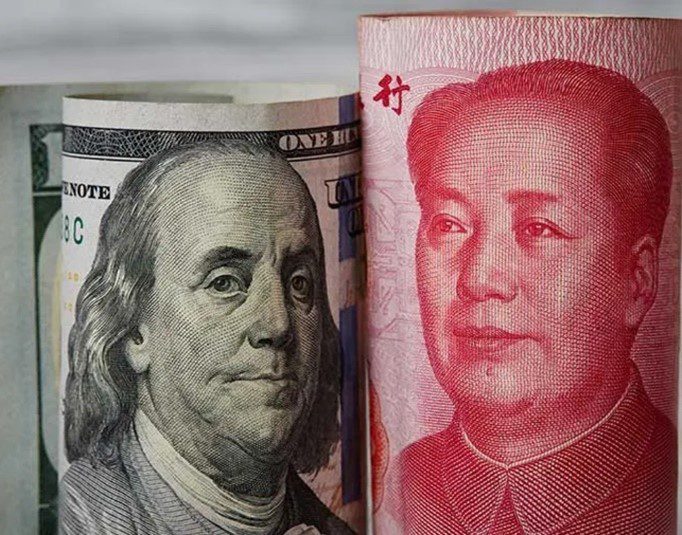This year, China is going to effectively start its battle against environmental pollution. Announced by the State Council, the Implementation Rules for the Environmental Protection Tax Law (EPT Law) and the Law itself took effect on January 1st, 2018. Businesses in China, and prospected market entrants, need to fully understand the Law’s implications and implementation to legally operate in the market without facing high impacts on their finances. In addition, the Law sets new opportunities for foreign companies in environmental protection fields.
The Environmental Protection Tax Law
The Law is China’s first “green tax law” expressively aiming at promoting environmental protection and reducing pollution. It abolishes the previous system of “pollutants discharges fee” and establishes a tax that will impact China’s tax system.
Reportedly, the Environmental Protection Tax Law’s purpose is to “protect and improve the environment, reduce pollution discharges, and promote ecological civilization”.
Taxpayers are as follows:
- Enterprises;
- Public Institutions;
- Other producers or operations that directly discharge pollutants into the environment.
Taxable pollutants refer to:
- Atmospheric pollutants;
- Water pollutants;
- Solid waste;
- Construction site noise.
Tax calculation: volume of pollutants discharged x taxable item Environmental Protection Law’s tax rate.
The Law gives a rate threshold for each category of pollutants. Local tax bureaus can decide their specific tax rate, within the range specified at central level. Also, the tax revenues are now entirely collected by local governments; while before, 10% was kept by the central government.
If a company files a volume of pollutants much lower than the figure filed the year before, it would be regarded as “abnormal”. Therefore, the Law requires to the Environmental Protection Authorities a review on abnormal data.Tax incentives
To encourage polluters reducing their discharges, the Law sets two main incentives.
The first states that if pollutants discharges are 30% less than the allowed standard, the tax payable amount will be cut by 25%. The second one cuts it by half, if emissions are 50% less than the permitted standard.
As reported by Xinhua News Agency, from January to November 2017, China examined over 35.600 environmental protection laws and regulations’ violations; up to more than 102% y-o-y.
According to the Central Economic Work Conference held last December, tackling pollution is one of “the three tough battles” that the P.R.C. aims to win in the next three years.
This implies consequences for both WFOEs and new market entrants that must verify their projects’ feasibility as well as their new liability. In addition, foreign investors must pay attention to the tax variable rates, as these will be defined at local level. The law could greatly impact on factories’ plants and relocation projects. As said, the new environmental protection regulation rolls out opportunities for foreign companies operating in environment protection related sectors. For example, many State-Owned Enterprises (SOEs) will have to adjust their production standards needing new technology and resources.
We suggest getting in touch with tax experts to fully comprehend your liabilities. Contact us to understand more details as well as to verify your municipality rates.







